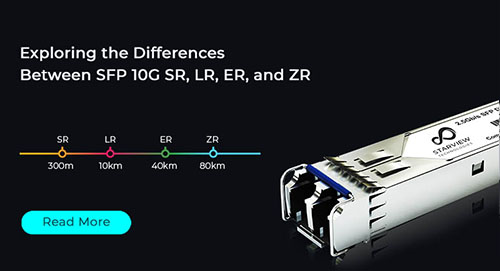- SOLUTIONS
- PRODUCTS
- SERVICES
- PARTNERS
- RESOURCES
Exploring the Differences Between SFP 10G SR, LR, ER, and ZR

Why QSFP28 ZR4 is The Best Choice for 100G long-haul Data Center Interconnect (DCI) transmission?

Discover the 40G QSFP+ BiDi Module
Exploring the Differences Between SFP 10G SR, LR, ER, and ZR
In today’s fast-paced world of networking and data transmission, the demand for high-speed connectivity is skyrocketing. As organizations and individuals search for faster, more dependable data transfer solutions, Small Form-Factor Pluggable (SFP) [1] transceivers have become indispensable. Among the many SFP module types available, SFP 10G SR, LR, ER, and ZR stand out as some of the most commonly used. Understanding the distinctions between these SFP modules is crucial for selecting the ideal one to meet your networking requirements.
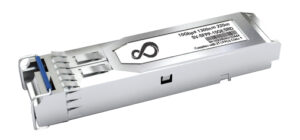
SFP 10G SR
(Short-Range)
SFP 10G SR, short for “Short-Range,” is designed for relatively short-distance data transmission within data centers and local area networks (LANs). These modules typically support transmission distances of up to 300 meters over multimode fiber (MMF). SFP 10G SR is a cost-effective choice for short-range connections, offering dependable performance for high-speed data transfer within confined spaces.
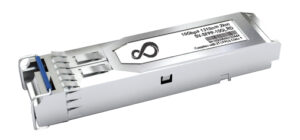
SFP 10G LR
(Long-Range)
SFP 10G LR, or “Long-Range,” is ideal for longer-distance data transmission requirements. It can transmit data up to 10 kilometers over single-mode fiber (SMF), making it suitable for connecting devices across larger LANs, metropolitan area networks (MANs), and even some regional networks. SFP 10G LR is renowned for its reliability and consistent performance over extended distances.
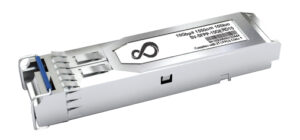
SFP 10G ER
(Extended-Range)
When even greater reach is necessary, SFP 10G ER, or “Extended-Range,” comes into play. It can transmit data up to 40 kilometers over single-mode fiber, making it suitable for connecting devices across extensive geographical areas. SFP 10G ER is commonly used in applications such as connecting data centers located at a considerable distance from each other or establishing connections between cities.
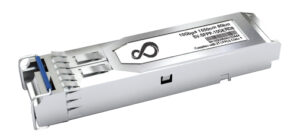
SFP 10G ZR
(Zero Dispersion-Shifted)
SFP 10G ZR, or “Zero Dispersion-Shifted,” takes long-distance networking to the next level. With the capability to transmit data up to 80 kilometers over single-mode fiber, SFP 10G ZR is well-suited for interconnecting data centers, connecting campuses, or even establishing international network connections. Its high-performance characteristics make it the go-to choice for ultra-long-distance data transmission.
For a clearer comparison, refer to the following table:
| SFP Type | Datasheet | Distance | Wavelength | Interface | Temperature | DDM Support |
| SFP 10G SR | SV-SFPP-10GSRD | 300m | 850nm | Duplex LC | 0-70℃ | Yes |
| SFP 10G LR | SV-SFPP-10GLRD1 | 10km | 1310nm | Duplex LC | 0-70℃ | Yes |
| SFP 10G ER | SV-SFPP-10GERD4 | 40km | 1550nm | Duplex LC | 0-70℃ | Yes |
| SFP 10G ZR | SV-SFPP-10GERD8 | 80km | 1550nm | Duplex LC | 0-70℃ | Yes |
| SFP 10G ZR | SV-SFPP-10GERD12 | 120km | 1550nm | Duplex LC | 0-70℃ | Yes |
If you need assistance in choosing the right transceiver and partner for ensuring network efficiency and reliability, you can read our article on “The Right Transceiver for Your Network.” With numerous transceiver types and suppliers in the market, determining the best fit for your needs can be challenging.
Conclusion:
Understanding and selecting the right SFP 10G module can significantly impact network reliability and performance. With a better knowledge on the differences between SFP 10G SR, LR, ER, and ZR is pivotal for selecting the right module to meet your specific networking needs.
Consider factors such as distance requirements, fiber type, network budget, and application, can help you to ensure your network operates efficiently and reliably.
Starview, with over 13 years of experience, is a reliable supplier and expert in Optical Transceiver modules. Our patented technology, STARPOD (Starview Programmable Optical Device), allows our modules to work seamlessly without error messages in your devices. You can potentially enjoy greater cost saving and flexibility.
Stay Informed with Our Newsletters
If you missed our previous newsletters focusing on our optical modules, you can catch up by visiting these links:
The Right Transceiver for Your Network Program
Starview Transceivers with STARPOD
[1] Small Form-Factor Pluggable https://en.wikipedia.org/wiki/Small_Form-factor_Pluggable

